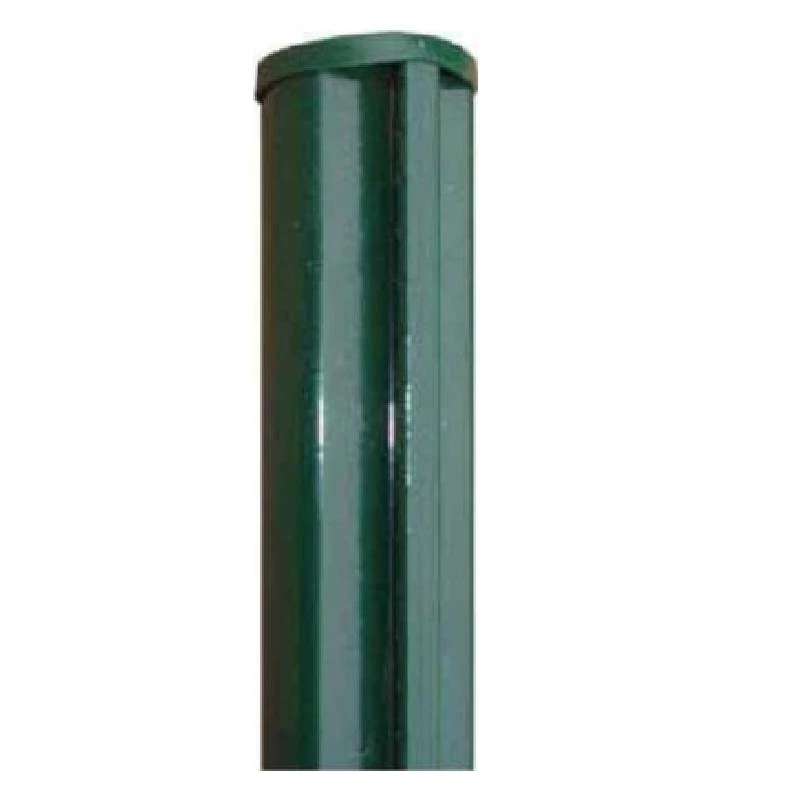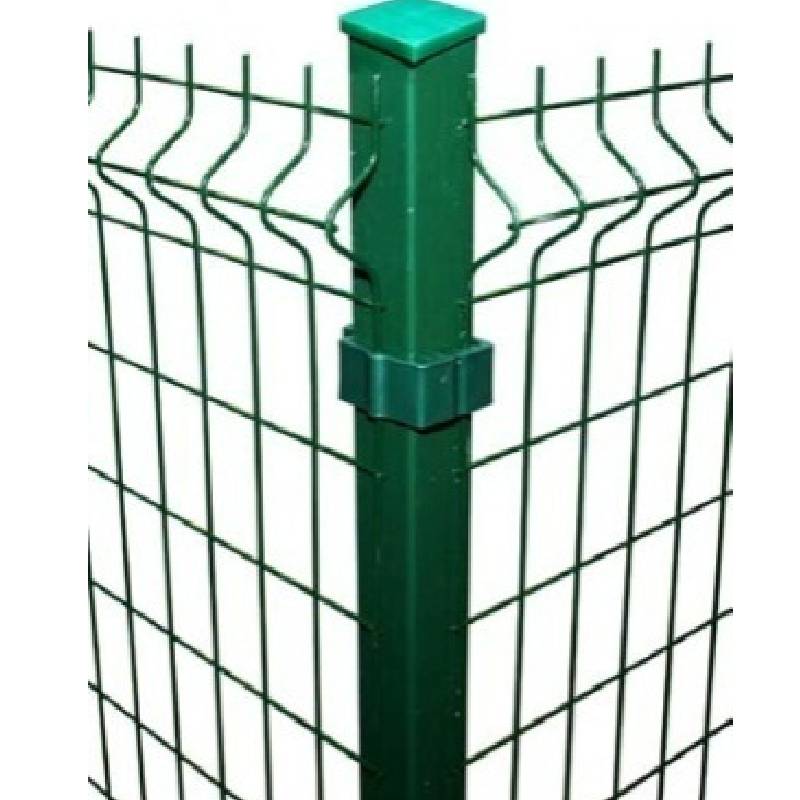-
E-pasts:zhao@hyliec.cn
-
Tālr.:+86 311 85273988
-
WhatsAPP:8613931128750
-
 Āfrikas
Āfrikas -
 albānis
albānis -
 amharu
amharu -
 arābu valoda
arābu valoda -
 armēņu
armēņu -
 Azerbaidžāņu
Azerbaidžāņu -
 basku
basku -
 baltkrievu
baltkrievu -
 bengāļu
bengāļu -
 bosniešu
bosniešu -
 bulgāru
bulgāru -
 katalāņu
katalāņu -
 Cebuano
Cebuano -
 Korsikānis
Korsikānis -
 horvātu
horvātu -
 čehu
čehu -
 dāņu
dāņu -
 holandiešu valoda
holandiešu valoda -
 Angļu
Angļu -
 Esperanto
Esperanto -
 igauņu
igauņu -
 somu
somu -
 franču valoda
franču valoda -
 frīzu valoda
frīzu valoda -
 Galisiešu
Galisiešu -
 gruzīnu
gruzīnu -
 vācu
vācu -
 grieķu valoda
grieķu valoda -
 gudžaratu
gudžaratu -
 Haiti kreols
Haiti kreols -
 hausa
hausa -
 havajietis
havajietis -
 ivrits
ivrits -
 Nē
Nē -
 Miao
Miao -
 ungāru
ungāru -
 islandiešu
islandiešu -
 igbo
igbo -
 Indonēziešu
Indonēziešu -
 īru
īru -
 itāļu valoda
itāļu valoda -
 japāņi
japāņi -
 javiešu
javiešu -
 kannada
kannada -
 kazahu
kazahu -
 khmeru
khmeru -
 Ruandā
Ruandā -
 korejiešu
korejiešu -
 kurdu
kurdu -
 Kirgizstānas
Kirgizstānas -
 TB
TB -
 latīņu valoda
latīņu valoda -
 latviski
latviski -
 lietuviešu
lietuviešu -
 luksemburgiešu
luksemburgiešu -
 maķedonietis
maķedonietis -
 Malgaši
Malgaši -
 malajiešu
malajiešu -
 malajalu
malajalu -
 maltiešu
maltiešu -
 maori
maori -
 maratu
maratu -
 mongoļu valoda
mongoļu valoda -
 Mjanma
Mjanma -
 Nepāliešu
Nepāliešu -
 norvēģu
norvēģu -
 norvēģu
norvēģu -
 oksitāņu
oksitāņu -
 puštu
puštu -
 persiešu
persiešu -
 poļu
poļu -
 portugāļu
portugāļu -
 pandžabu
pandžabu -
 rumāņu
rumāņu -
 krievu valoda
krievu valoda -
 Samoa
Samoa -
 skotu gēlu valoda
skotu gēlu valoda -
 serbu
serbu -
 Angļu
Angļu -
 Šona
Šona -
 Sindhi
Sindhi -
 singalu valoda
singalu valoda -
 slovāku
slovāku -
 slovēņu
slovēņu -
 somāliešu
somāliešu -
 spāņu valoda
spāņu valoda -
 sundāņu
sundāņu -
 svahili
svahili -
 zviedru
zviedru -
 tagalogs
tagalogs -
 tadžiks
tadžiks -
 tamilu
tamilu -
 tatārs
tatārs -
 telugu
telugu -
 taju
taju -
 Turku
Turku -
 Turkmēņu
Turkmēņu -
 ukraiņu
ukraiņu -
 urdu
urdu -
 Uiguru
Uiguru -
 uzbeku
uzbeku -
 vjetnamietis
vjetnamietis -
 velsiešu
velsiešu -
 Palīdzība
Palīdzība -
 jidiša
jidiša -
 Joruba
Joruba -
 zulu
zulu
Paukošanas stabs
What Type Of Fence Post Is Best?
The best type of fence post depends on various factors such as the type of fence, local climate, soil conditions, and personal preferences. Common options for fence posts include:
1. Round steel posts: Round steel posts are a traditional and versatile choice, suitable for various fence types. They can be treated to resist rot and decay, but may require maintenance over time.
2. Square steel posts and rabbet posts offer durability and strength, making them suitable for supporting heavy or high-security fences. They are resistant to rot and insect damage.
3. Steel round posts/ square posts/ rabbet with base plate: They are suitable to install on the concrete ground, and fixed by concrete nails.
What Size Is A Fence Post?
Fence posts come in various sizes, typically having Φ32 Φ34 Φ38 Φ48 Φ60 Φ80 for round steel posts and 40x40 60x60 40x60 60x60 80x80 100x100 etc for square tube posts in dimension. The specific size of a fence post depends on the type of fence being installed, the height and weight of the fence panels, and the local building codes or regulations. It's important to select the appropriate size of fence post to ensure stability and structural integrity for the specific fencing project. Consulting with a professional or referring to local building codes can provide guidance on the recommended size of fence posts for a particular application.
Fence Post FAQ:
What type of fence post is best?
The best type of fence post depends on various factors such as the type of fence, local climate, soil conditions, and personal preferences. Common options for fence posts include round steel posts, square steel posts and rabbet steel posts, posts with base plate or without base plate. Each type has its own advantages and considerations, so it's important to choose the most suitable option based on the specific requirements of the fence project.
What size is a fence post?
Fence posts come in various sizes, typically typically having Φ32 Φ34 Φ38 Φ48 Φ60 Φ80 for round steel posts and 40x40 60x60 40x60 60x60 80x80 100x100 etc for square tube posts in dimension. The specific size of a fence post depends on the type of fence being installed, the height and weight of the fence panels, and local building codes or regulations. It's important to select the appropriate size of fence post to ensure stability and structural integrity for the specific fencing project.
How to install a panel fence?
Paneling a fence involves several steps, including measuring and planning, installing the posts, attaching the panels, adding finishing touches, and performing regular maintenance. It's important to follow the manufacturer's instructions and local building codes when paneling a fence to ensure proper installation and compliance with regulations. If in doubt, it's advisable to consult with a professional or seek guidance from experienced individuals.






